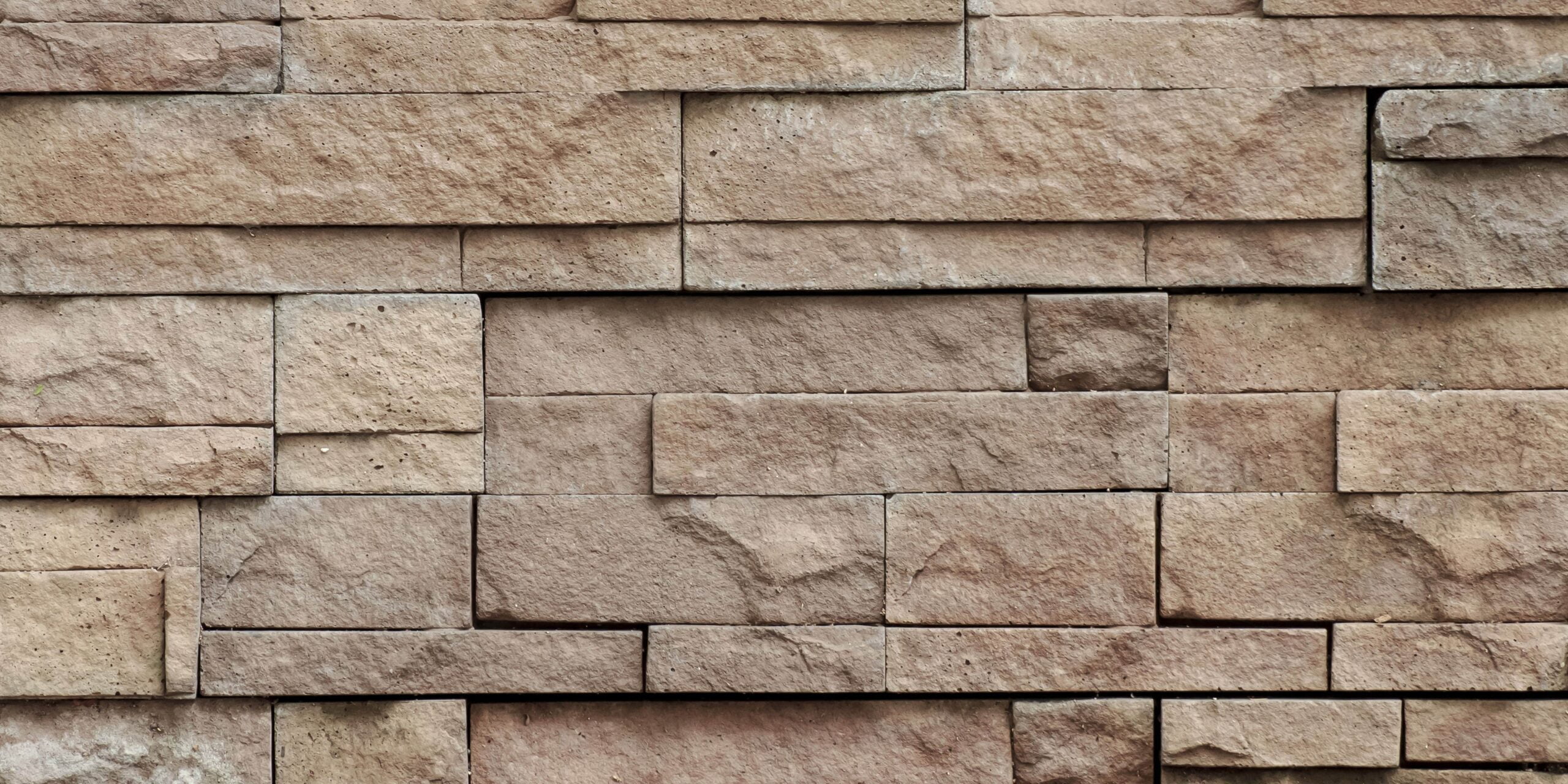Preventing cracks in masonry is essential for maintaining the structural integrity and aesthetics of buildings. Cracks not only compromise the appearance of masonry structures but can also lead to water infiltration, mold growth, and other moisture-related issues. By understanding the factors that contribute to masonry cracks and implementing preventive measures, property owners can protect their investments and ensure the longevity of their buildings. Let’s explore some effective strategies for preventing cracks in masonry:
Proper Design and Construction
The foundation of preventing cracks in masonry begins with proper design and construction. Ensuring that masonry walls are built according to industry standards and best practices helps minimize the risk of structural issues that can lead to cracking. Employing experienced contractors and following established construction guidelines is essential for achieving quality results.
Use of Quality Materials
Using high-quality materials is crucial for preventing cracks in masonry. Opting for quality bricks, blocks, mortar, and other masonry materials ensures durability and reduces the likelihood of material-related issues that can contribute to cracking. It’s essential to source materials from reputable suppliers and adhere to manufacturer recommendations for installation and usage.
Controlled Curing
Proper curing of masonry materials is essential for preventing cracks. Adequate curing allows mortar and concrete to achieve optimal strength and reduces the risk of shrinkage-related cracking. Following recommended curing practices, such as maintaining proper moisture levels and protecting newly constructed masonry from harsh weather conditions, helps ensure successful curing and minimize cracking.
Expansion Joints
Incorporating expansion joints into masonry walls helps accommodate thermal expansion and contraction, reducing the likelihood of cracking. Expansion joints provide a buffer between masonry units and allow for movement without causing stress or damage to the structure. Properly placed expansion joints help distribute stress and prevent cracks from forming.
Control Joints
Similar to expansion joints, control joints are designed to control cracking by providing predetermined points of weakness where cracks can occur. Control joints are typically installed at regular intervals in masonry walls to help manage shrinkage and movement and prevent random cracking. Properly placed control joints help minimize the appearance and extent of cracks in masonry.
Proper Reinforcement
Reinforcing masonry structures with materials such as steel rebar or wire mesh helps improve their structural integrity and reduce the risk of cracking. Reinforcement helps distribute loads more evenly and provides additional strength to withstand external forces that can cause cracking. Proper placement and installation of reinforcement materials are essential for achieving desired results.
Moisture Management
Proper moisture management is critical for preventing cracks in masonry. Excessive moisture can weaken masonry materials and contribute to cracking, particularly in areas prone to freeze-thaw cycles. Implementing effective moisture control measures, such as proper drainage, waterproofing, and ventilation, helps protect masonry structures from moisture-related damage and cracking.
Regular Maintenance
Regular inspection and maintenance of masonry structures are essential for identifying and addressing potential issues before they escalate into significant problems. Promptly repairing cracks, addressing underlying causes such as foundation settlement or water infiltration, and implementing preventive maintenance measures help preserve the integrity of masonry and prevent future cracking.


